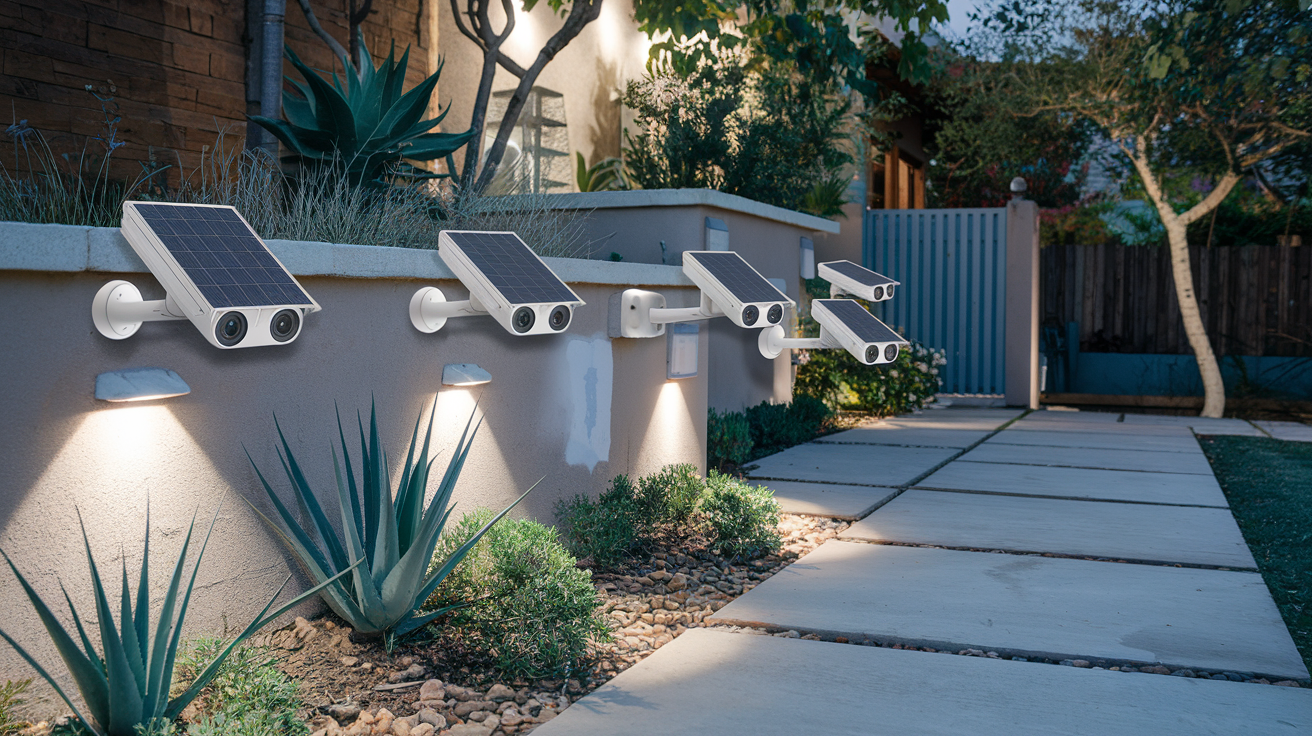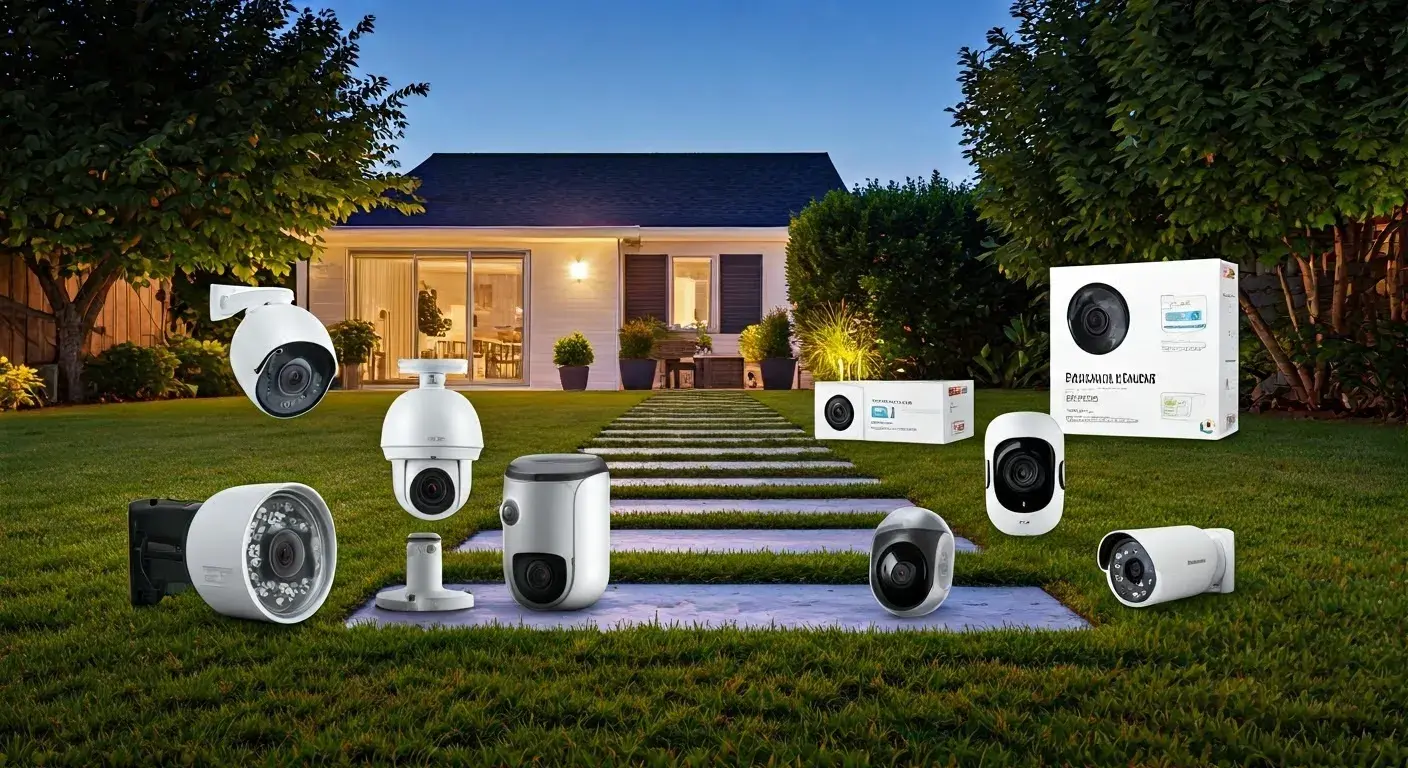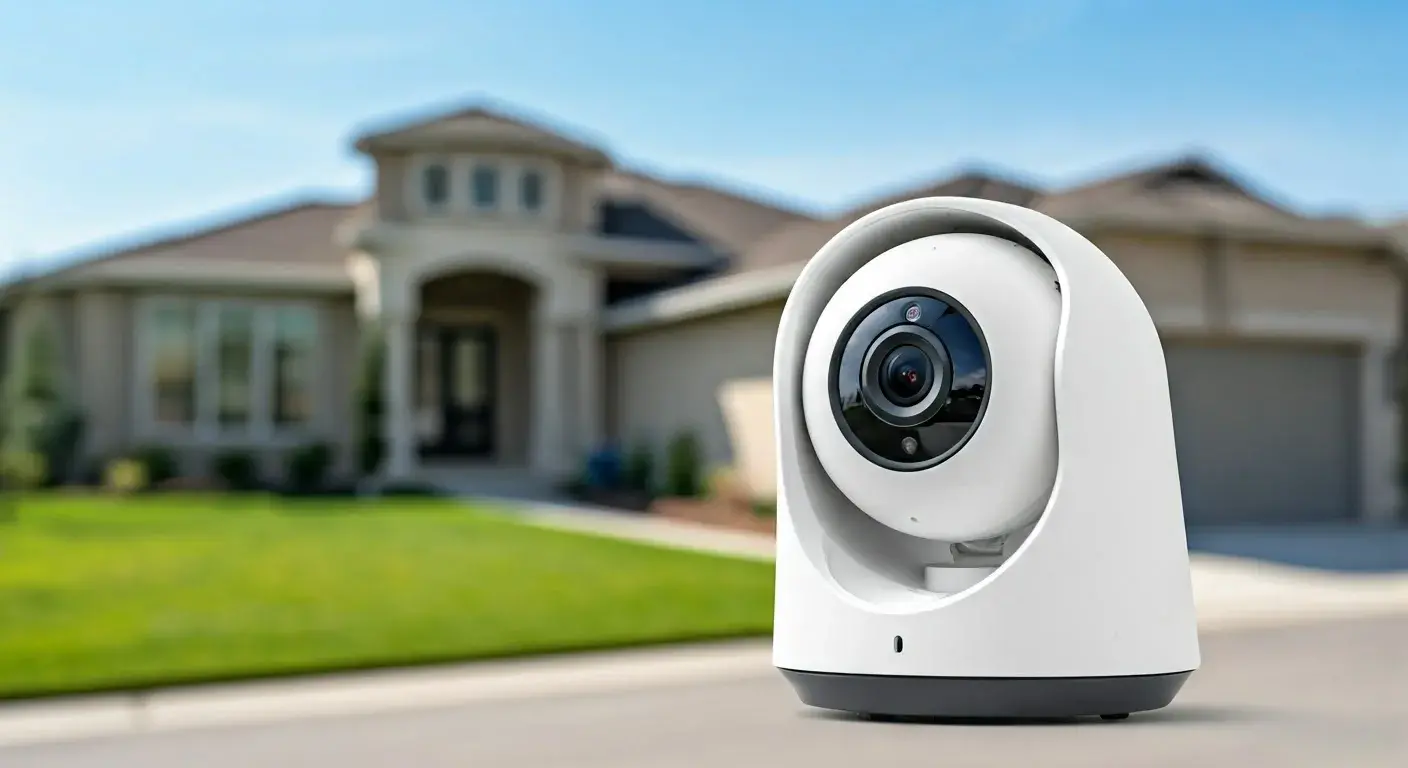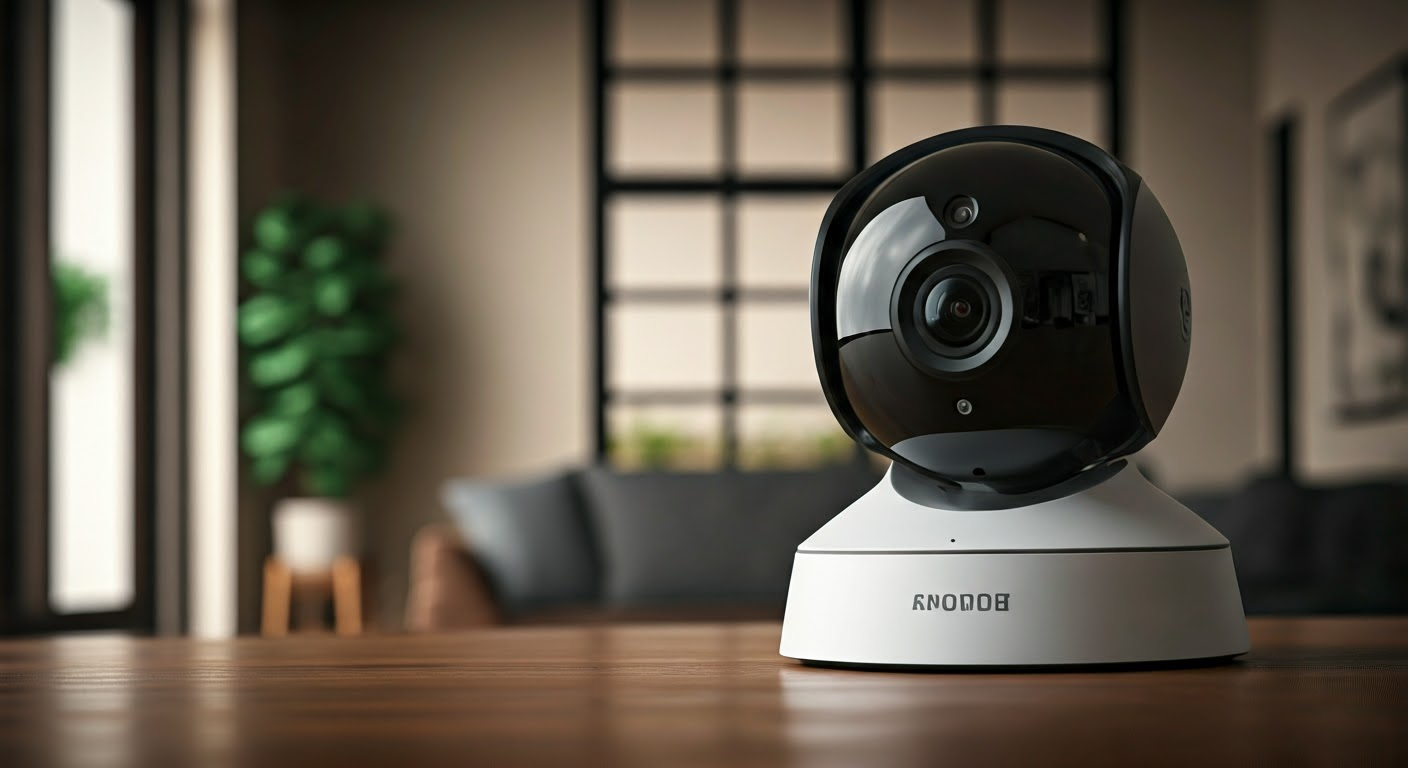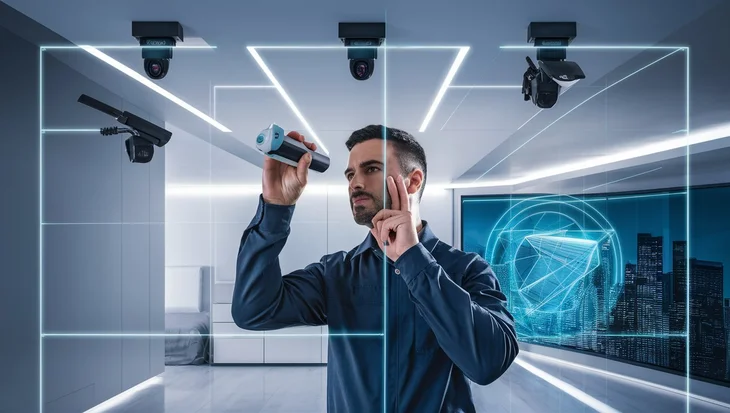
How to Detect Hidden Cameras: An effective approach to improving teachers’ knowledge and understanding of the characteristics of students with LD is to use a step-by-step instructional plan that will guide them through the process of learning about LD characteristics and how they can be addressed in classrooms.
Many people today use concealed cams, and they are a popular item today. Despite the legitimate uses of hidden cameras in security and investigation, they can also be used in unlawful manner and infringe on people’s rights. It may be surprising, but even in places where you are pretty sure that nobody can spy you – in your own home, at work, or even in the hotel room – there could be tiny cam recording your actions without your knowledge.
It can be challenging to notice these clandestine devices, but that is achievable when one knows what to look for or where to look. In this article, you’ll learn exactly how to go about conducting quick hidden camera sweeps to locate possible spy cams that could be observing you.
Get the Right Gear
An RF signal detector or a frequency detector or a bug detector specifically used to detect wireless cameras must be used to detect such cameras. These devices can receive such radio wave signals that are sent from the camera to a receiver.
For the best results, select an RF detector that can detect the more common wireless frequencies such as WiFi, Bluetooth, and the analog frequencies which are often used in spy cameras. It should be equipped with both visual and an audio-alerting system to assist you in identifying the origin of detected signals.
In addition to the RF detector, it is worthwhile to take other equipment, for example, a flashlight, a small mirror, and a magnifying glass. You will use these for actual assessment of objects/areas that you cannot easily pass over with the detector.
Physically Inspect the Area
As initial assessment, before switching on the RF detector, perform thorough visible survey of the entire area. Anything that looks out of place should be of interest or anything which does not appear as if it belongs in the room, especially if the object is facing functions areas of the room.
Inspect areas that are frequently used by people and those that can easily hide compact cameras such as clock radios, smoke detectors, light fixtures, Air Conditioner vents, holes on the wall, holders of desktop items, and art pieces on the wall. Run fingers over the frames of furniture, along the edges of mirrors, underneath tables and over the top of cabinets with the intent of feeling for any odd lumps or protrusions.
By using the mirror and flashlight, light up and show the concealed and remote corners. Look at every object from all sides using the magnifying glass and examine it thoroughly. Remember of the objects that are ambiguous and should be inspected but were not to make it easier to return to them.
Detect Wireless Camera Signals
Now go through the entire area again, this time with the RF detector turned on and set at slow sweep. For every location you pickup signals from, note the strength on the lighted bar that is provided for that purpose. The higher readings probably mean nearer placement to transmitting appliances, whereas the weaker readings could mean a farther distance from transmitting devices.
Make sure to scan these locations:
- Around the doors, windows, and Air conditioner vents where cameras may be concealed
- In areas that are hidden or difficult to access, such as behind mirrors or artwork where cameras could be mounted.
- Through gaps in the walls to the other room where potentially secret lenses could be installed
- Door shelves, drawers, cabinets and carriages of furniture in which a camera could capture the contents of the room when opened.
Pinpoint the Source
Once you get a signal, do not think that it is necessarily because of a concealed camera. A device could be a WiFi router, Bluetooth speaker, or other wireless device that has not been set up yet. To reestablish contact, you are required to use directional scanning to identify the exact location of the source.
Turn towards the same direction as the strongest signal and begin to move in that direction at a very slow pace while observing the indications displayed on the RF detector. When you have access to the source, you will realize that the signal strength is increasing. You may also hear an increasing beep tone on detectors which can include audio capability.
By using this method, one is able to gradually home in on the area of the signal which is transmitting the suspicious signal. As to the difficult-to-reach areas, you may need to use the mirror and flashlight again here. If the signal takes you to an unusual object which has no apparent function for its existence, then you might have your camera hidden there!
Confirm with Detailed Inspection
You found a device that you think may be secretly monitoring you? Don't disturb it yet. Perform one last very rigorous pat-down check to ascertaining that it is, indeed, a hidden camera before neutralizing it.
Try to compare with those works where the lens opening is very small, and for this, use the magnifying glass. I’m wonder if you can find microphones, data ports, or slots for removable storage devices. It is worth recalling here that in such objects as clocks, smoke alarms, etc., which belong to the category of functional households’ items, it is possible to notice that some of its parts do not seem to have any function.
Looking for confirmation evidence through scrutiny will help eliminate any question or uncertainty concerning the actual presence of a spy camera. Once verified, the device can be disabled by removing functional batteries/ wiring from the circuitry.
Be Vigilant About Rechecks
It has to be borne in mind that such observation devices as hidden cameras might be placed in a certain area after you left it. Therefore, you should make further random sweeps with proper methods and equipment every several weeks. This will help any new monitoring devices not to linger in the premises for long.
Other best practices include: looking for teeny-weeny holes in regular objects and performing an RF sweep after any stranger who has a right to be inside the space did. Continue to be alert about your cameras to ensure that you are maintaining the privacy of people who pass nearby.
Summary
This covers the key steps to systematically find wireless and wired hidden cameras:This covers the key steps to systematically find wireless and wired hidden cameras:
1. Obtain an RF detector and other fundamental tools for the inspection.
2. Make sure, physically, to visit several visible places where the cameras can be easily concealed.
3. To check for Wireless signals, switch on the RF detector and sweep it across the room.
4. Identify the origin of the alerts that deserve suspicion
5. Look at the source through a magnifying glass as a way of confirming that it contains a hidden camera.
6. Disable confirmed hidden cameras
7. It is also good to perform routine rechecks to see if new spy cams have been installed.
Conclusion
It is also pertinent to note that learning how to check for hidden surveillance devices is not a task that is mastered at first attempt. However, having mastered the technique, you can be assured of identifying any unlawful cameras that are spying on you in various contexts. This way, the chances of being watched by hidden cameras are slim; thus, remain vigilant and apply the correct approach.
Don’t wait until it’s too late. Call +1 888-805-5456 to upgrade your home security.

